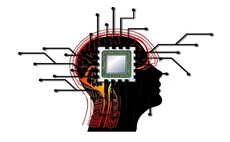Few organisations manage and analyse data quite as big as CERN, revealed Dr Jamie Shiers at today's Computing Big Data and IoT Summit
CERN, the pan-European scientific organisation responsible for the Large Hadron Collider (LHC), was developing systems to support big data analytics while most organisations were still struggling w...
To continue reading this article...
Join Computing
- Unlimited access to real-time news, analysis and opinion from the technology industry
- Receive important and breaking news in our daily newsletter
- Be the first to hear about our events and awards programmes
- Join live member only interviews with IT leaders at the ‘IT Lounge’; your chance to ask your burning tech questions and have them answered
- Access to the Computing Delta hub providing market intelligence and research
- Receive our members-only newsletter with exclusive opinion pieces from senior IT Leaders




















